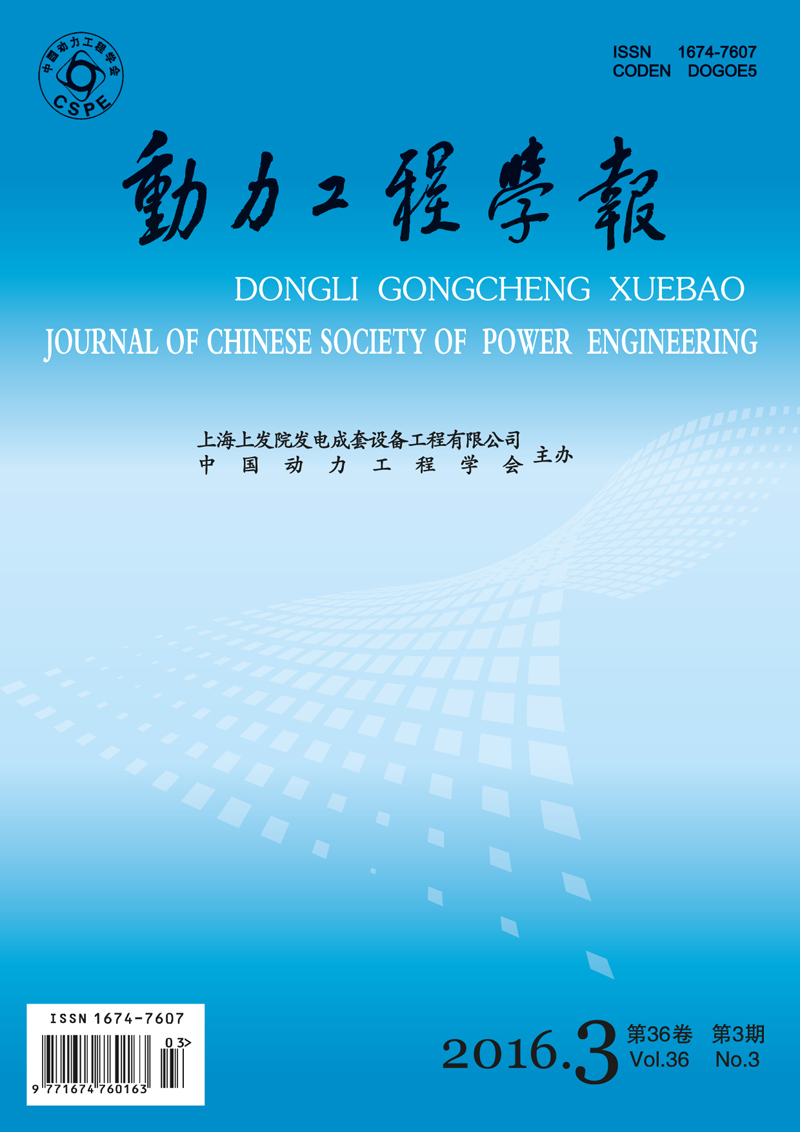LI Yuquan, CHANG Huajian, YE Zishen, CHEN Lian, WANG Han
2016, 36(3): 236-241.
To experimentally test the passive core cooling system of CAP1400 nuclear power unit, an integral test facility, called ACME, was designed and constructed as a 1/3 height scale model of CAP1400, based on which thermal hydrualic scaling analysis was conducted on the reactor core, so as to determine the similarity criteria for design of the core simulator matching the integral test facility, and to find the optimal design specifications and geometric arrangement of the heater rods contained in the ACME core simulator, by comparing different design schemes and comprehensively considering relevant manufacturing processes and engineering constraints. To support the heater rods against dynamic load induced by turbulent flow during test operation, support plates with quatrefoil supporting holes were designed and installed, where drain holes were also punched, and the dimension of drain holes was determined through resistance calculation, so as to meet the requirements of flow resistance similarity. Results show that the design of ACME core simulator has been successfully verified in processes of manufacturing, assembling, pressure drop calibration and test operation, indicating that the design of reactor core simulator can meet the requirements of integral effect test.
